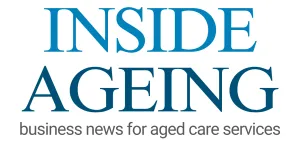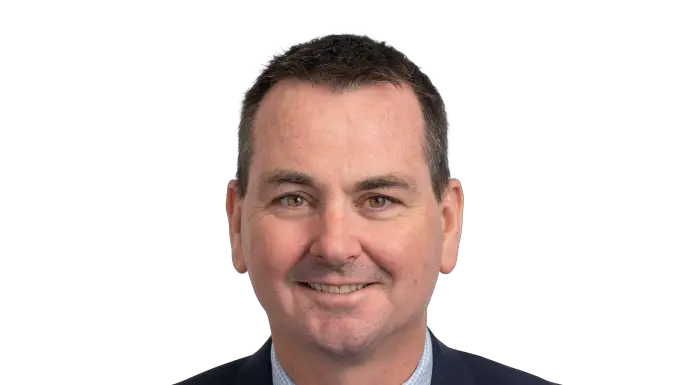In this guest post, Ray Scott, Partner of the Business Advisory division at RSM Australia, outlines the pressures aged care providers are facing as they manage EOFY reporting while preparing for the new Aged Care Act. Despite its deferral, the sector must meet current compliance standards and plan for stricter financial and governance requirements ahead.
As aged care providers prepare for the end of the financial year (EOFY), this year there is added weight.
The imminent introduction of the Aged Care Act 2024 means providers are furiously working to meet their existing obligations while also preparing for a new regulatory regime that will fundamentally change how they operate.
While the recent Act deferral to 1 November 2025 has allowed for some modest breathing room, commensurate with the need for thoughtful, sustainable implementation, this dual burden of complying with current standards and preparing for future ones remains heavy.
The implementation of the new Act succeeds more than a decade of compliance evolution in the aged care sector; however, the stakes for financial accountability have never been higher.
Annual Prudential Compliance Statement (APCS) reporting first came into effect in 2014 as the first major step toward strengthening the sector’s financial accountability. According to the Australian Bureau of Statistics, there were 3.5 million Australians aged 65 years and over back then*, while that number ballooned to 4.7 million people in 2024** (17% or nearly one in five Australians).
In working with many aged care providers, it is clear that despite the challenges they face, there is strong sector-wide commitment to the importance of reform, to ensuring readiness for the changes ahead and of providing assurance to some of this country’s most vulnerable people.
The EOFY will trigger a cascade of critical reporting obligations for providers in the coming months, including Quarterly Financial Reports (QFR) for the June quarter, Annual Financial Statements and the APCS. These reports are essential for demonstrating financial viability, compliance with prudential standards, and the responsible management of resident funds – particularly Refundable Accommodation Deposits (RADs).
Meanwhile, as part of new Act reforms, the existing financial and prudential standards will be replaced by new standards of financial management, investment, and liquidity. To align with these, many providers are conducting gap analyses, reviewing governance structures, and updating financial systems, and/or engaging with transition support programs offered by the ACQSC and industry associations.
The new standards intend to ensure that providers are not only solvent but also financially resilient and capable of delivering high-quality care over the long term. They will be supported by updated Aged Care Rules, which aim to streamline reporting and reduce duplication.
It’s imperative that all aged care providers carefully plan for and allocate sufficient resources at this critical compliance juncture, including key considerations such as their working capital, and their cash flow and investment strategies, as outlined below.
Working capital considerations
When the new Aged Care Act commences, the maximum RAD cap will increase from $550,000 to $750,000, allowing providers to charge higher upfront fees without requiring government approval. Providers will also be permitted to retain 2% of the RAD annually for up to five years, capped at 10% of the total deposit.
While this introduces a new, predictable revenue stream, the RAD cap increase means providers will need to adopt more sophisticated financial planning strategies to manage the timing of cash inflows and outflows effectively.
Cash flow and investment strategies
Under the new Act’s Financial and Prudential Standards relating to liquidity, providers must maintain 35% of their annualised cash expenses, and an additional 10% of their refundable deposit liabilities, if they hold RADs.
These requirements are designed to ensure that providers have sufficient liquid assets to meet short-term obligations and refund RADs when required. Even providers that do not hold refundable deposits must comply with the 35% cash expense threshold. This marks a significant shift from previous frameworks, where liquidity benchmarks were more flexible and less prescriptive.
The new standard aims to improve financial transparency and reduce the risk of insolvency, thereby safeguarding resident funds and ensuring continuity of care. However, it also places additional pressure on providers to manage their cash flow and investment strategies carefully, particularly during the transition period.
The aged care sector is at a pivotal moment, with current reforms set to reshape the landscape and create a system that is more transparent and accountable. By embracing the principles of the new Act and investing in financial and governance capability, aged care providers can help build a system that truly meets the needs of older Australians – now and into the future.
For providers looking to invest in their financial and governance capability, or to seek business advisory support and lessen the burden of meeting their compliance requirements, the time to do so is now.
*Australian Bureau of Statistics (June 2014) 3235.0 – Population by Age and Sex, Regions of Australia, 2014, ABS Website, accessed 12 June 2025.
**Australian Bureau of Statistics (September 2024) ‘Population by age and sex – national, Table 8: Estimated resident population, by age and sex–at 30 June 2024’ [data set], National, state and territory population, ABS Website, accessed 12 June 2025.










